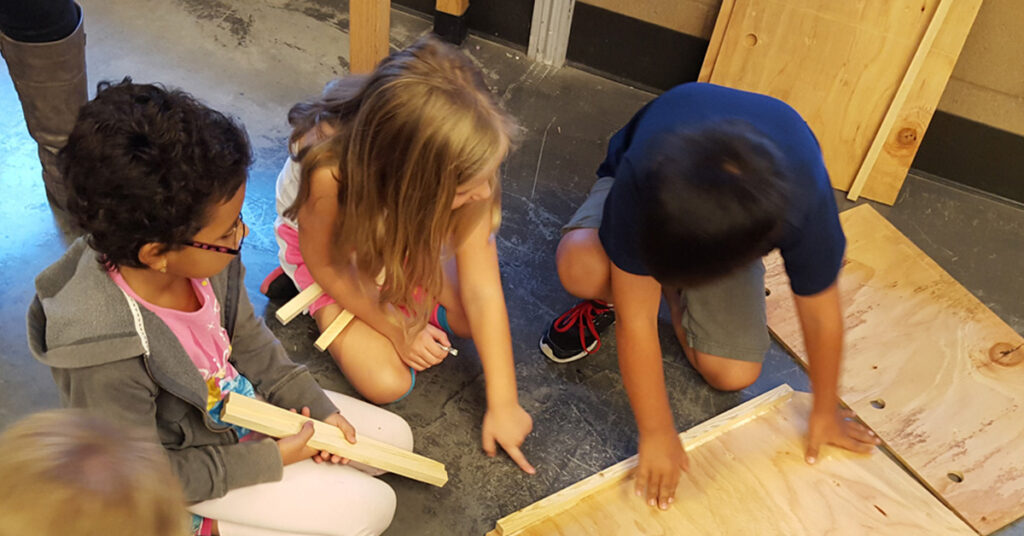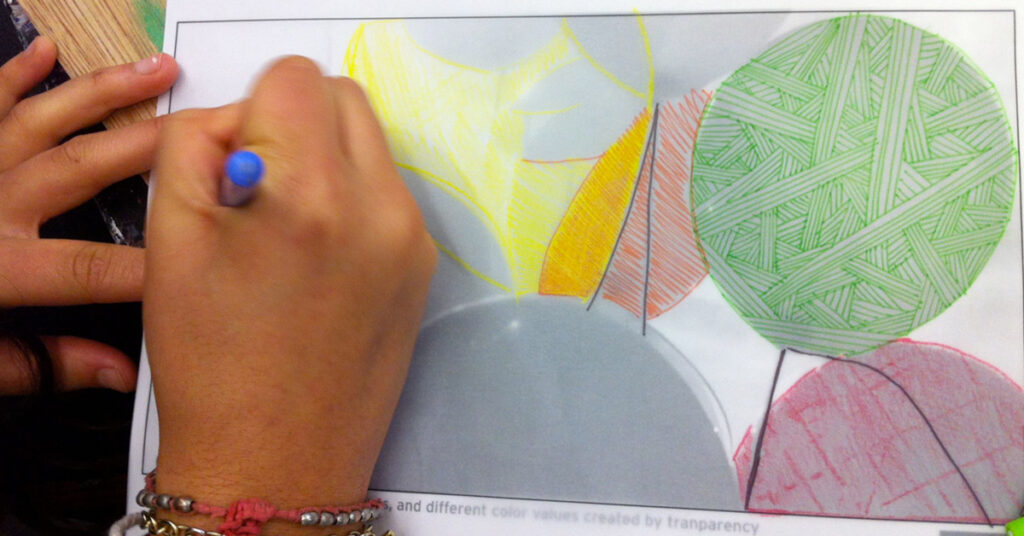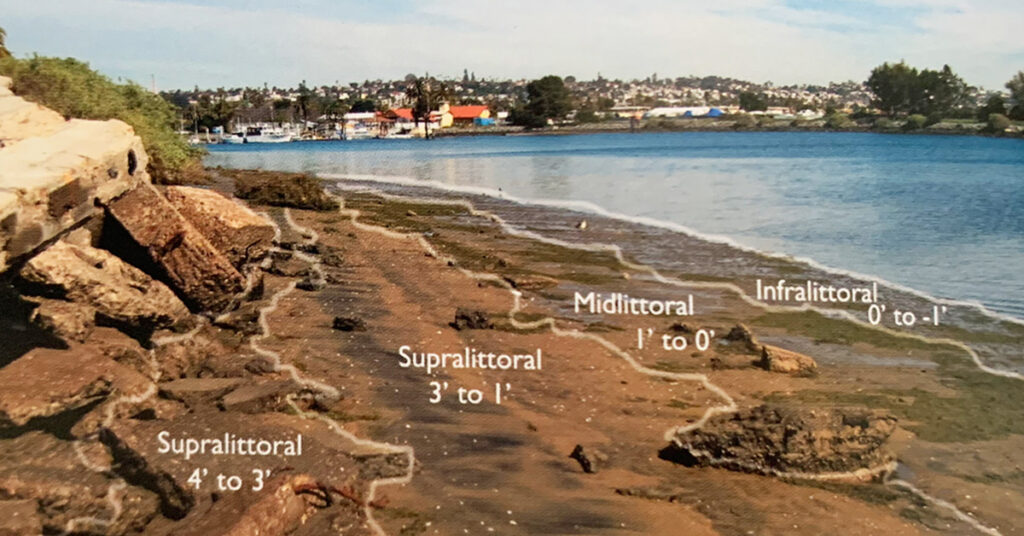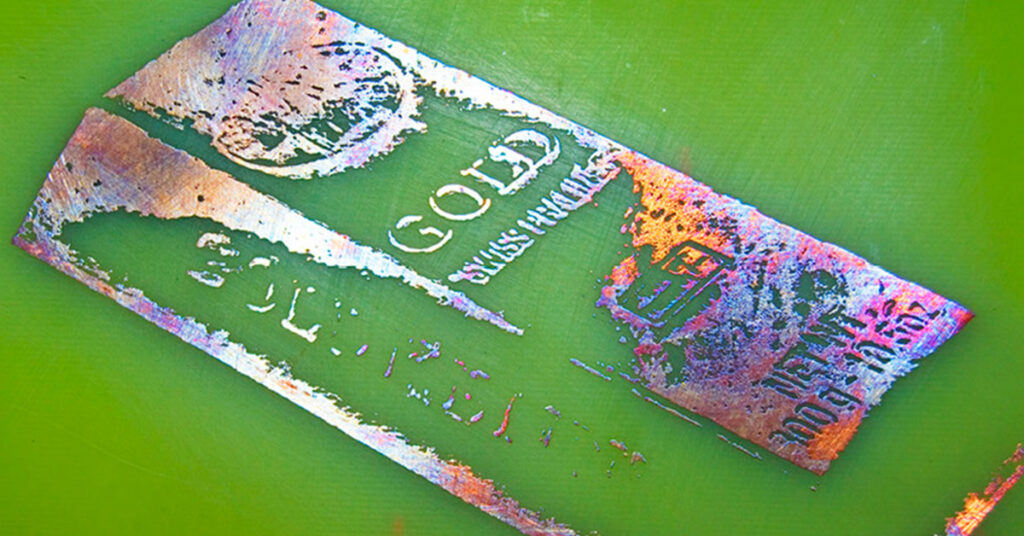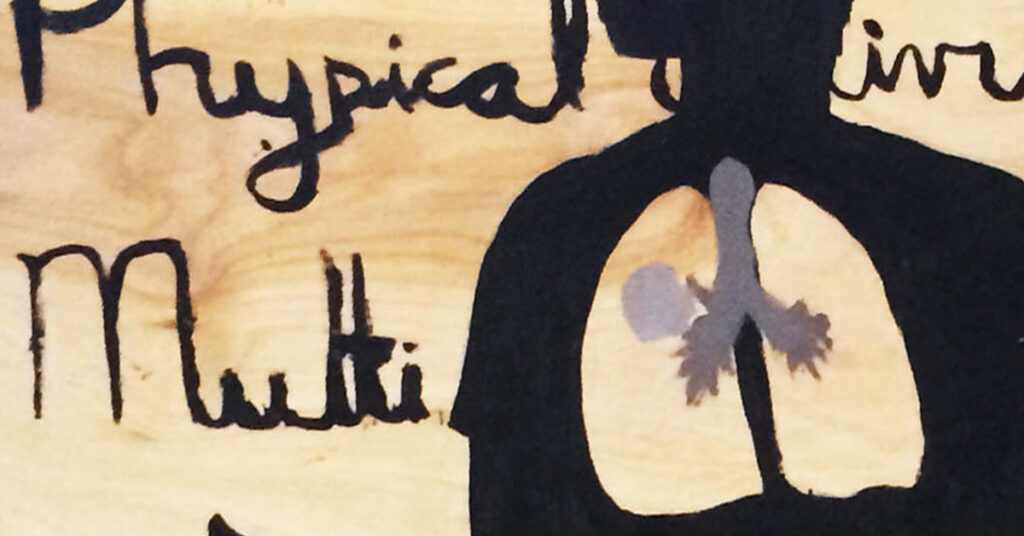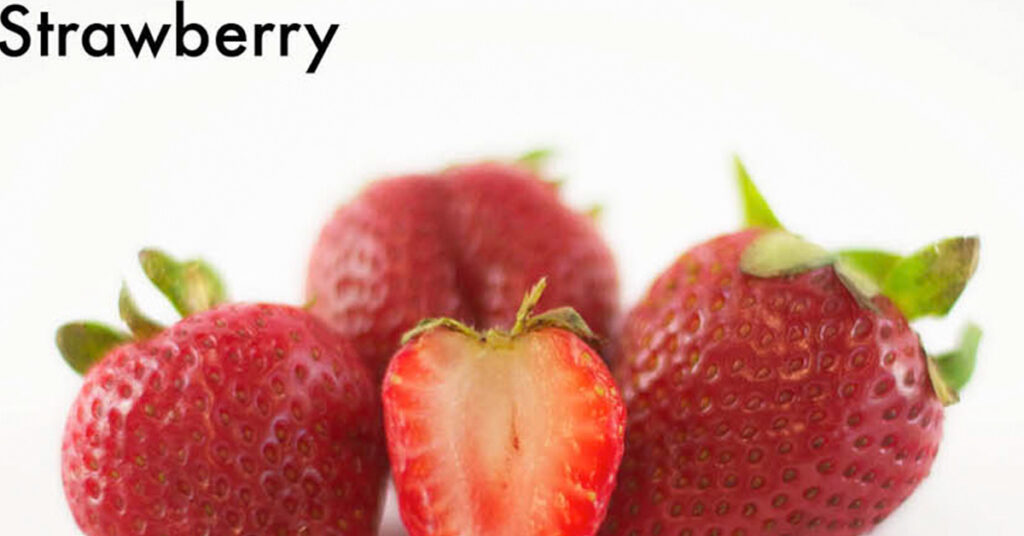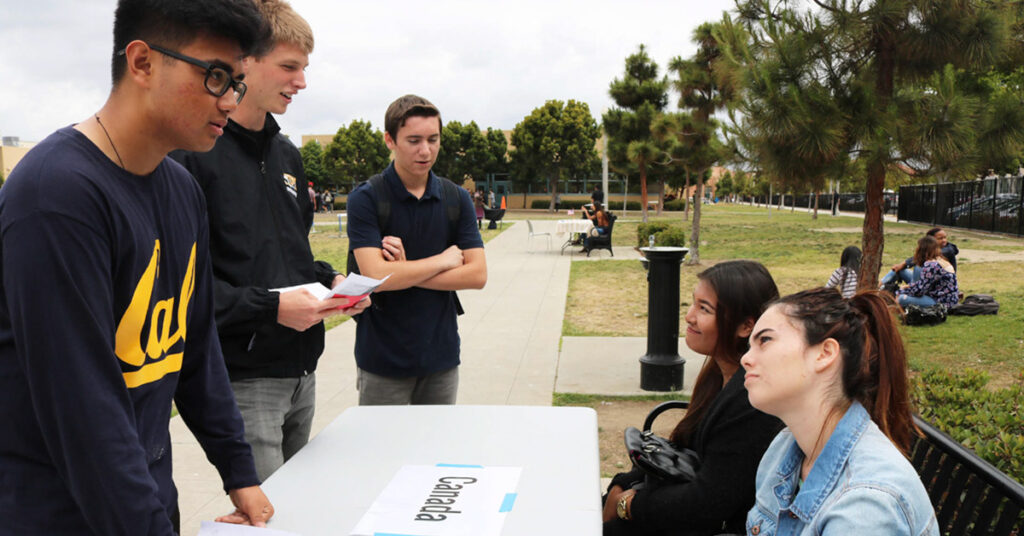Changing the Subject
Welcome
Of the thousands of projects High Tech High teachers and students have undertaken since the first school opened in 2000, the fifty documented in this book and website are a mere sampling; we hope they provide inspiration and a starting place for many more creative iterations. We curated them by asking current and former teachers (now numbering in the hundreds) to nominate work that was both inspiring and replicable.
Our purpose is to share highlights from High Tech High’s first twenty years. In doing so, we aim to describe, not prescribe. “This isn’t how to do it, it’s how we did it.”
“Knowledge emerges only through invention and reinvention, through the relentless, impatient, continuing, hopeful inquiry human beings pursue in the world, with the world, and with each other.”(Paulo Freire, Pedagogy of the Oppressed, page 53)

